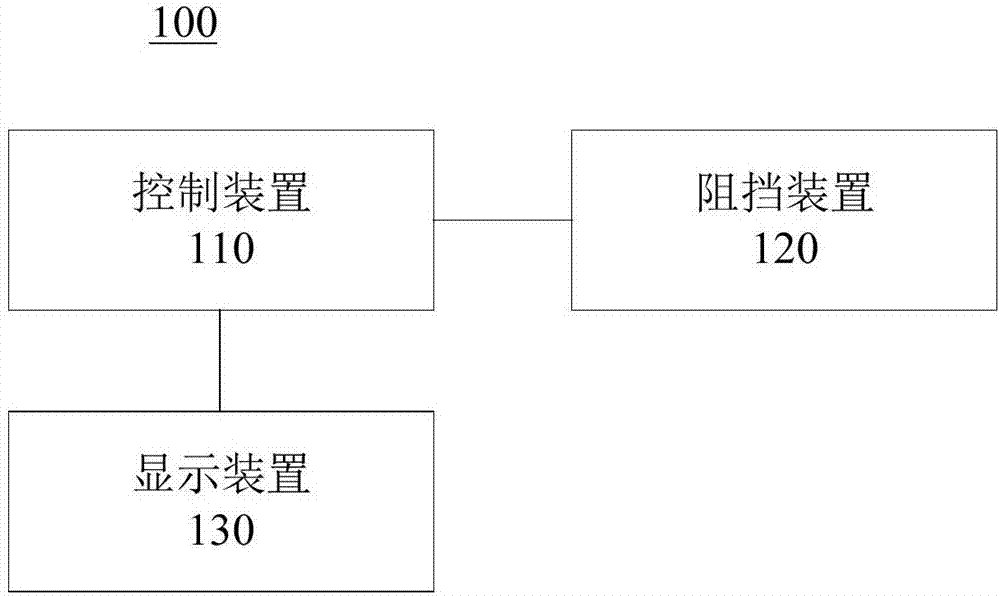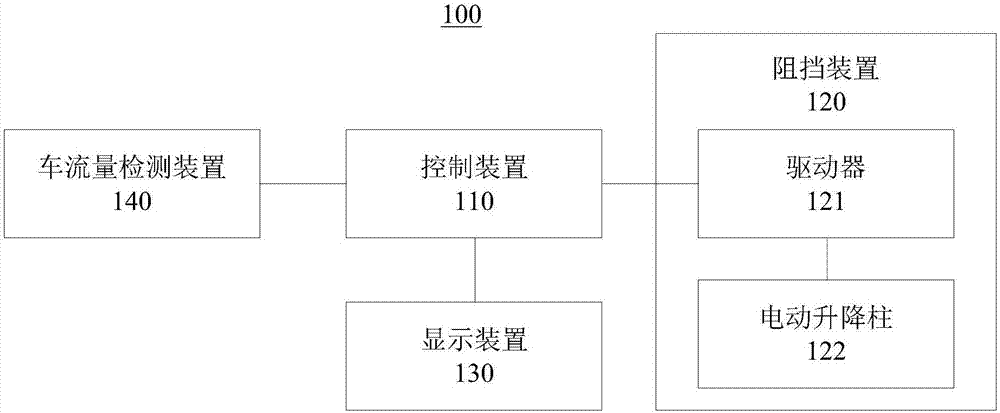Shared lane control system and method
A lane control and lane technology, applied in the field of shared lane control system, can solve problems such as invariance and road congestion
- Summary
- Abstract
- Description
- Claims
- Application Information
AI Technical Summary
Problems solved by technology
Method used
Image
Examples
Embodiment Construction
[0025] At present, the problem of road congestion in special time periods such as rush hours and holidays is relatively serious, which has brought great changes to people's lives. The inventor found through long-term observation that, for the above-mentioned special time period, among the two-way driving lanes, the lane in one driving direction is relatively congested, while the lane in the opposite driving direction is relatively free. Thinking from this phenomenon, the research has obtained the scheme of the embodiment of the present invention, setting shared lanes in the two-way lanes, intelligently changing the driving direction of the shared lanes according to the real-time utilization of the lanes, and alleviating traffic congestion by improving the utilization rate of the lanes question.
[0026] The following will clearly and completely describe the technical solutions in the embodiments of the present invention with reference to the accompanying drawings in the embodi...
PUM
 Login to View More
Login to View More Abstract
Description
Claims
Application Information
 Login to View More
Login to View More - R&D
- Intellectual Property
- Life Sciences
- Materials
- Tech Scout
- Unparalleled Data Quality
- Higher Quality Content
- 60% Fewer Hallucinations
Browse by: Latest US Patents, China's latest patents, Technical Efficacy Thesaurus, Application Domain, Technology Topic, Popular Technical Reports.
© 2025 PatSnap. All rights reserved.Legal|Privacy policy|Modern Slavery Act Transparency Statement|Sitemap|About US| Contact US: help@patsnap.com



